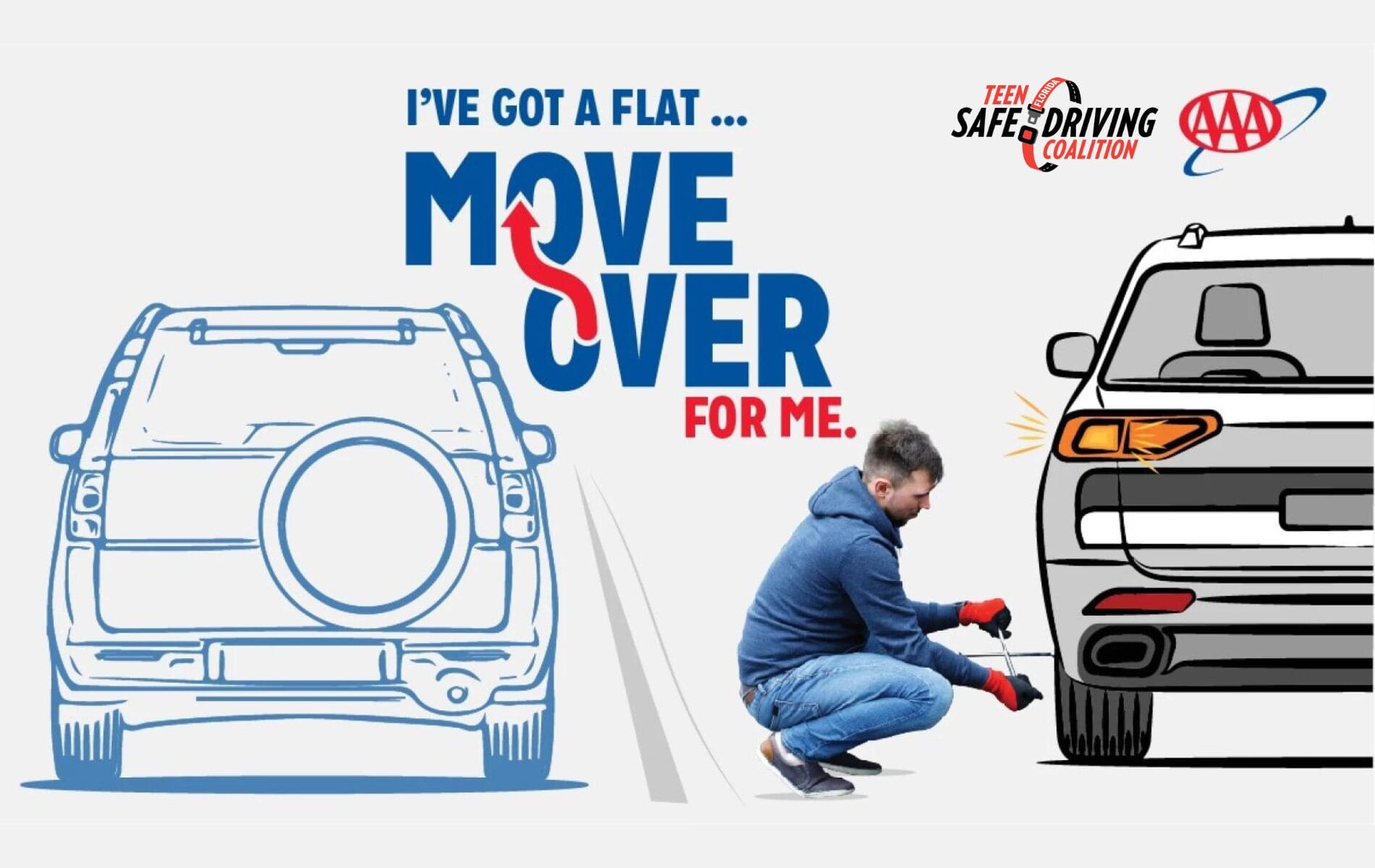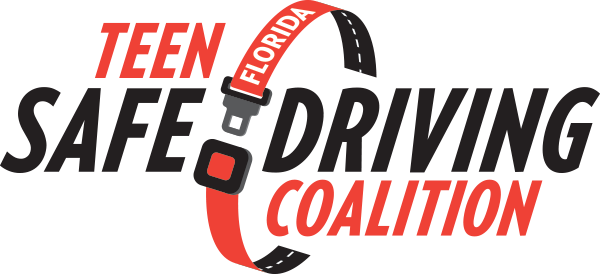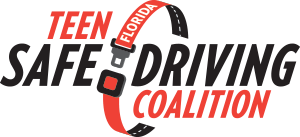
Florida’s Expanded Move Over Law
Introduction – Move Over, Florida!
Driving is not just about getting from one place to another; it’s about ensuring safety for all on the road. Florida’s expanded “Move Over” law, effective from January 1, 2024, brings important changes that every teen driver should be aware of.
The Basics of the New Law
The revised “Move Over” law in Florida mandates drivers to provide space for all disabled vehicles on the road. Previously, this law required drivers to move over one lane or slow down for emergency vehicles like tow trucks, utility vehicles, and municipal vehicles. Now, under House Bill 425, this requirement extends to three new specific scenarios. Motorists are now also required to move over if:
- There is a disabled motor vehicle that is stopped and displaying warning lights or hazard lights.
- If a vehicle is stopped and is using emergency flares or posting emergency signage.
- When a vehicle is stopped and one or more persons are visibly present.
Why This Change Matters
The expansion of this law is not just a legal formality; it’s a crucial step towards greater road safety. According to AAA, nearly 350 people are hit and killed annually in the US while outside a disabled vehicle. In Florida alone, there were 112 such fatalities recorded between 2016 and 2020. This law aims to reduce these tragic incidents by ensuring all stranded motorists and roadside workers are safer.
What Happens if You Don’t Comply?
Failing to adhere to the “Move Over” law can result in a noncriminal moving violation, with potential fines up to $158. But more than the financial penalty, non-compliance could risk lives, including yours.
Tips for Teen Drivers
- Always Be Vigilant: Keep an eye out for stopped vehicles or people on the roadside, whether they are emergency vehicles or not. Just because they are not immediately visible does not mean they are not there. People may be bent down by their vehicle, in front of the vehicle, or about to get in or out of it.
- Know the Law: Remember that the law applies to any stopped vehicle showing visible signs like hazard lights or emergency signage.
- Practice Safe Driving: If you see a stopped vehicle, safely move over to the next lane. If that’s not possible, reduce your speed by 20 mph below the posted limit. Remain alert, avoid distractions, and focus on driving.
- Be an alert passenger: Help identify problems on the road and remind your driver to slow down and move over.
- Spread Awareness: Many drivers are unaware of the “Move Over” laws. Share this information with your friends and family.
Tips for Stranded Motorists
- Pull as far over on the shoulder as safely possible to create more distance between your vehicle and oncoming traffic.
- Turn your hazard lights on so other drivers are aware you are in distress.
- If you are able to safely make it to the next exit or stopping point, do so.
- Call for assistance, whether via phone, website or AAA app.
- Remain with your vehicle as long as it’s safe to do so.
- If getting out of your vehicle, watch the oncoming traffic for a good time to exit, and remain close to your vehicle. Try to avoid turning your back to traffic whenever possible.
Conclusion
Understanding and following the “Move Over” law is a critical aspect of responsible driving. As teen drivers, embracing these rules not only keeps you on the right side of the law but also contributes significantly to road safety. Remember, a small change in your driving habits can make a big difference in someone’s life.
—
Stay informed and drive safely! For more tips and information on protecting roadside workers and stranded drivers, visit AAA’s website. You can download or request free traffic safety paper materials and resources by visiting the Florida Teen Safe Driving Coalition resources page.

